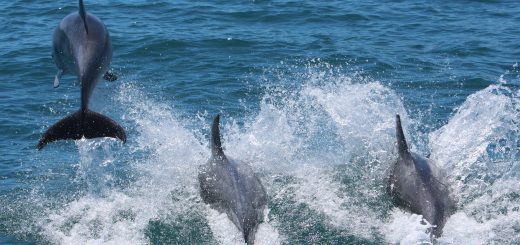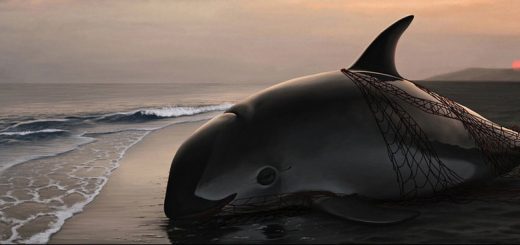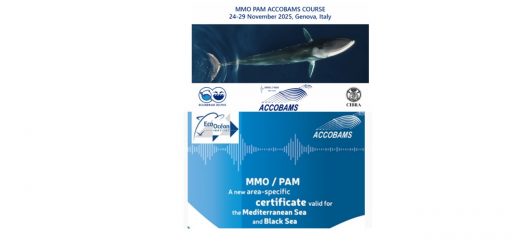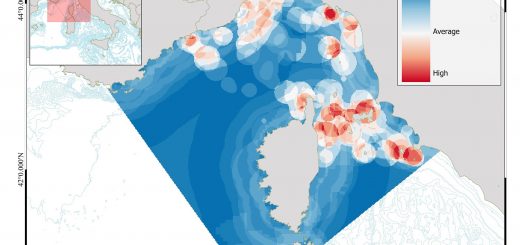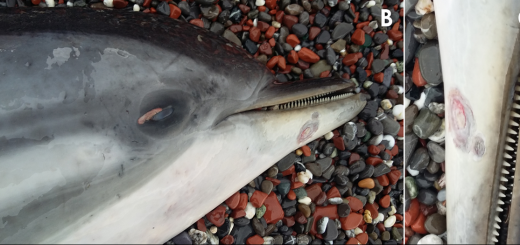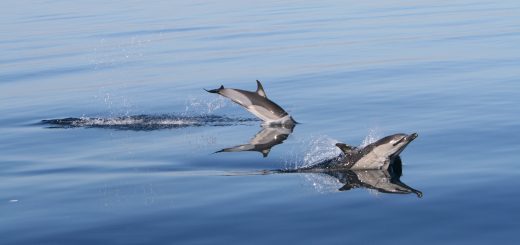High levels of toxic chemicals found in stranded dolphins and whales along the southeastern coast of the United States
Tissue toxicant concentrations and pathology data from 83 odontocetes that stranded in the southeastern United States during 2012–2018 was evaluated in this study.
Arsenic, mercury and other chemicals from the burning of fossil fuels and mining mainly were found in their bodies. Researchers used liver and blubber samples from 11 different animal species to test for dozens of different substances between 2012 and 2018. Sex played a role in the levels of chemicals in dolphin: adult female bottlenose dolphins showed significantly higher levels of arsenic and lower levels of iron compared to males. Geography also had an impact. Dolphins found in Florida had higher concentrations of chemicals such as mercury and lead. In North Carolina, dolphins had higher concentrations of iron compared to the ones found in Florida.
Page-Karjian Annie, Lo Catherine F., Ritchie Branson, Harms Craig A., Rotstein David S., Han Sushan, Hassan Sayed M., Lehner Andreas F., Buchweitz John P., Thayer Victoria G., Sullivan Jill M., Christiansen Emily F., Perrault Justin. Anthropogenic Contaminants and Histopathological Findings in Stranded Cetaceans in the Southeastern United States, 2012–2018. Frontiers in Marine Science, 7. 2020. Pp630.
https://www.frontiersin.org/articles/10.3389/fmars.2020.00630/full


